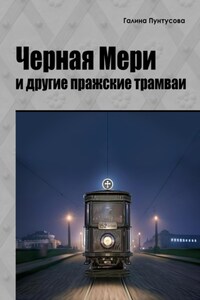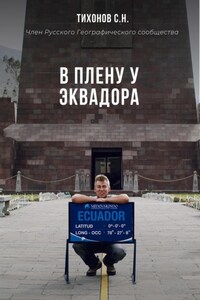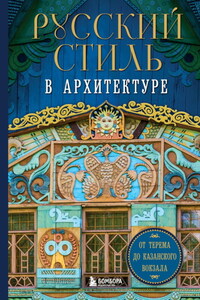MY FIRST CAMERA was a pretty feeble affair. This much was obvious, even to me, when I received it as a present on my seventh birthday. It came from some far-off place I had never heard of up until then. I think it was Lithuania, but there were lots of places I had never heard of at that time. This camera took pictures the size of the smaller sort of Lithuanian postage stamp – that is, when it took any at all – with ludicrous results. It came in a carrying case made of cardboard, together with three rolls of film, and when these were used up the only way to get more was to buy a return ticket to Lithuania.
My next camera was a No. 2 Box Brownie, an Easter present from my parents when I was about ten, bought from a Mr Powell who had a photographic business on the seafront at Swanage, Dorset. I was mad about birds in those days, and it was with a copy of British Birds and How to Identify Them (or some such title) and this camera, which had a fixed exposure of approximately 1/25th at f/11 (the shutter sounded like a portcullis falling), that I attempted to photograph them. As a result, I had, until recently, a large collection of negatives and prints, 3¼ × 2¼ ins, of the boughs of windswept trees and Purbeck drystone walls from which the birds I was trying to photograph had already flown away. Nevertheless, I loved my No. 2 Box Brownie.
My first precision camera, and one of the best cameras I have ever possessed, was a Zeiss Super Ikonta; a tiny, folding, bellows camera with an F.3.5 Tessar lens, a Compur shutter and a coupled rangefinder which took 16 pictures on 3¼ × 2¼ in roll film. This was the camera I took with me in 1938 on a round-the-world voyage. I didn’t have an exposure meter, but by using something known as a Burroughs Wellcome Exposure Calculator, which came in the back of a diary, I got some surprisingly good results, considering how little I knew then, and know now for that matter, about photography. I tried very hard with my sea pictures because I knew that war was imminent, and I had a premonition that it would mean the end of the big sailing ships engaged in the Australian grain trade, and the way of life of the men and boys who sailed them, and I was right. During the war, I took a lot of photographs on the coast of Syria, where life was still very primitive, but when I was captured the authorities in Malta went through my baggage before sending it on to my next-of-kin, and so I never saw these pictures or my Super Ikonta again.
My next chance to take pictures in outlandish places came in 1956 when I travelled through the Hindu Kush. Photographically, the expedition was a disaster. In the course of it an Afghan tribesman who was in charge of the pack horses allowed the one which was carrying all my exposed film to enter a lake and swim across it. As a result, when the film was developed, the negatives looked as if they had been processed in some sort of thin soup.
This is the problem with photography. It is inimical to travellers and to travel. It takes ages to do it properly. You can wait days, months, even years for a crescent moon to appear over the Taj Mahal, and then the camera goes wrong. If a modern one, the nearest place it can be repaired is Hokkaido, Japan. Even there they probably won’t repair it. They will simply ‘replace the unit’, and to do so will take at least six months, for a large part of which it will be stuck in customs. If the camera doesn’t go wrong of its own accord, you yourself will inevitably drop it. Now that the exposure meter forms an integral part of the camera (only the most sophisticated photographers have separate meters any more), you score double by breaking both. Having done this, the only thing to do is to drop the remains in a deep river and tell the insurance company that someone stole it, otherwise your claim will never be settled. If any of these things happen to you, and you are relying on your camera to take photographs suitable for publication, it can seriously endanger your peace of mind. You therefore need several cameras, just like the professionals. Amateurs almost always have only the one.














